Valpe Psicólogos describes in this article how it carries out the neuropsychological stimulation for dyslexia remotely with NeuronUP. To do so, it presents the case of Carlos, a child with dyslexia.
Reading and writing is the key that opens a new world of learning in childhood. In this big leap, dyslexia acts like an anchor that prevents progress. Fortunately, neuropsychological stimulation for dyslexia allows children to “unanchor” themselves, learn and overcome dyslexia. But during the months of confinement, as psychologists, we faced an unexpected problem: How to continue interventions without working with the little ones physically? On the new path we have taken at our center, Valpe Psicólogos, we fortunately found NeuronUP. We want to share with you how our experience was with the case of a child with dyslexia.
What dyslexia is: the meaning of dyslexia
Dyslexia is a learning disorder of reading and writing in which children with normative cognitive abilities have difficulties reciting the alphabet, naming letters, producing simple rhymes, classifying sounds, reading fluently, or comprehending what they read.
Skills to stimulate in dyslexia
Reading and writing is a complex activity that involves different processes (for example, access to pronunciation, identification of visual stimuli or grapheme-phoneme conversion) and different cognitive functions (perception, memory, attention, vocabulary).
The processes or skills to train are specific to each child, so it is very important to carry out a complete assessment that allows identifying which skills need to be trained in each case.
Dyslexia in children: The case of Carlos
In our case, Carlos began working with us at age 7. His family told us that since preschool Carlos had difficulties with letters. The family consulted with his teachers on several occasions, but they were told he would adapt over time.
Carlos is already in 2nd grade of Primary school and spends many, many hours doing homework. He needs his family to help him decipher the instructions of the exercises, his reading is very slow (syllabication) and he tends to “get distracted” continuously. This has begun to interfere with daily functioning and the family needs help.
Diagnosis of dyslexia
After evaluating intelligence, adaptive skills, language, attention and reading and writing the Valpe Psicólogos team concluded that Carlos presented difficulties in learning to read and write (risk of dyslexia) and everything indicates that next year he will meet the criteria for diagnosis.
We set out to work to achieve the following objectives:
- Increase interest in letters and words by generating positive experiences,
- strengthen phonological awareness,
- improve lexical and syllabic awareness,
- increase processing speed,
- strengthen attention and memory.
Treatment for dyslexia: creativity
Carlos was initially reluctant to work with letters; he said he didn’t like them and preferred that we do other types of games. We put our creativity to work, modeling clay, images, basket competitions and metallic letters began to bring Carlos closer to reading. But suddenly, the global health situation caused by COVID-19 forced us to cancel sessions and put interventions on hold while we looked for new tools.
Neuropsychological stimulation for dyslexia with NeuronUP
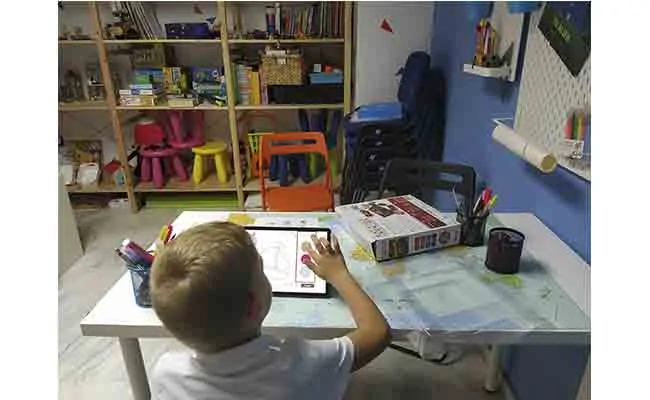
Carlos’s family needed to continue the intervention, but the worksheets couldn’t go with him. We found NeuronUP and decided to make the technological leap. We taught the family via a video call the games and activities we could carry out with NeuronUP. Activities such as Word Fishing, Hide-and-Seek with Letters or Connected Drawings were perfect for continuing the progress.
In addition, we could combine them with other activities and thus work on other related cognitive functions such as memory, through the exercise Counting, or processing speed with activities like FindToby. We let Carlos try these activities alone for a couple of days and awaited his response.
Carlos’s reaction: Neuropsychological stimulation for dyslexia with NeuronUP
A few days later the family confirmed to us that Carlos was very happy with the activities. We decided to schedule daily training with NeuronUP. To keep him as motivated as possible, we combined the most difficult activities (those related to letters and vocabulary) with games that were easier for him. We supported these activities with biweekly video sessions during the quarantine period.
The new normal at Valpe Psicólogos
Carlos and his family have resumed in-person sessions, but they do not want to give up the digital activities. The activities and games we carry out in the center are combined with this new digital tool so that dyslexia does not win the battle. For us it allows obtaining very detailed information about his performance and gives us many customization options.
We are very happy to have this tool in our professional practice and we confess that we have also “played” many activities.
If you liked this post about neuropsychological stimulation for dyslexia with digital tools, you might also be interested in:
“This article has been translated. Link to the original article in Spanish:”
Estimulación neuropsicológica en dislexia con herramientas digitales
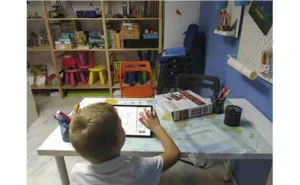
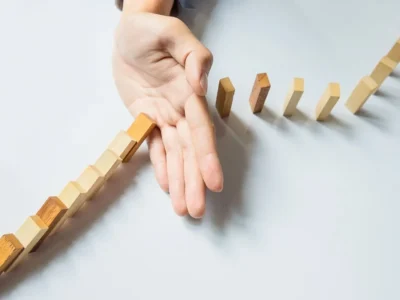
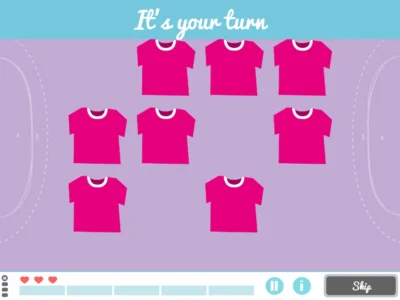
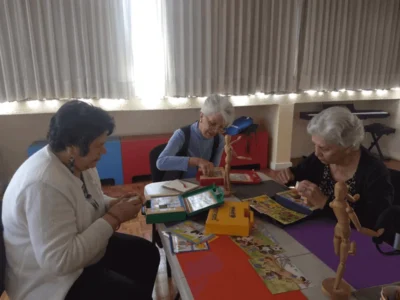

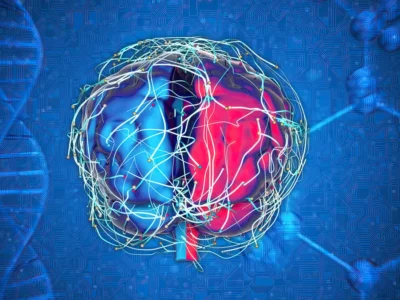
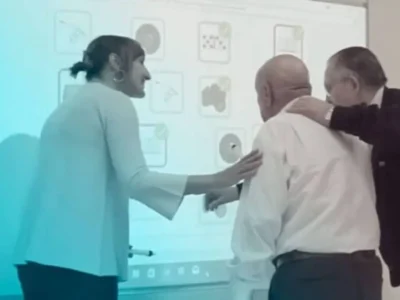
 Rehabilitation and cognitive stimulation with new technologies
Rehabilitation and cognitive stimulation with new technologies
Leave a Reply